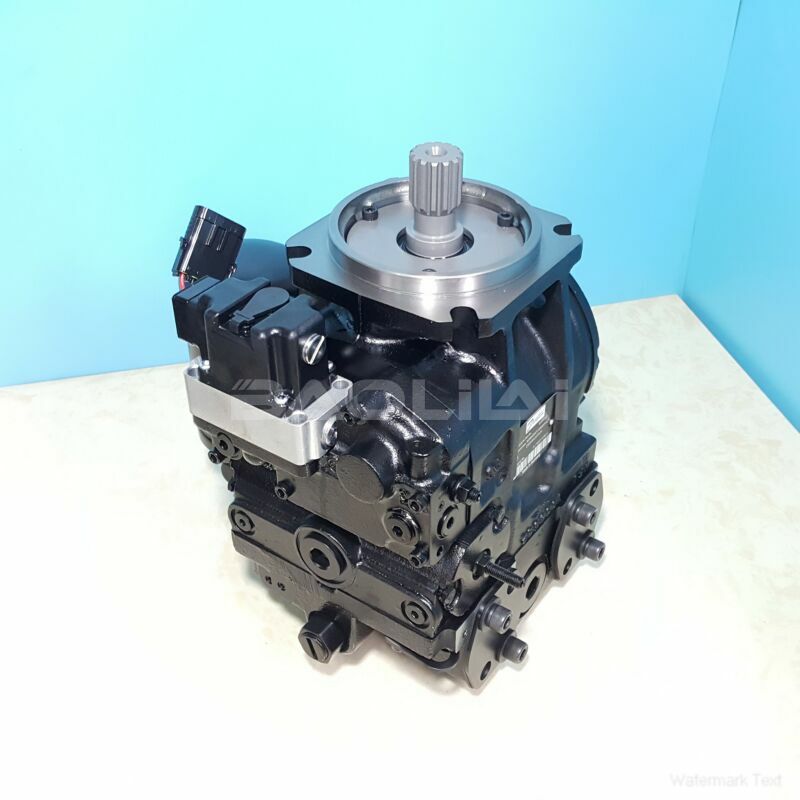90R100HF1NN60S4F1E03GBA231724 danfoss pump
90R100HF1NN60S4F1E03GBA231724 danfoss pump

- Product Details
- Applicable Scene
Thermal power stations are critical for modern energy production, generating electricity through the combustion of fossil fuels. However, these facilities are often plagued by inefficiencies that lead to significant energy losses. One innovative solution to combat these inefficiencies is the integration of plunger pumps, which can enhance the overall performance of thermal power stations by minimizing energy waste and optimizing water management.
90-R-100-HF-1-NN-60-S-4-F1-E-03-GBA-23-17-24
90R100HF1NN60S4F1E03GBA231724
Plunger pumps, known for their ability to handle varying fluid viscosities and generate high-pressure outputs, are particularly effective for applications in thermal power stations. These pumps operate by using a reciprocating mechanism to draw liquid into a cylinder and then expel it under pressure. This design allows for precise control of fluid delivery, making these pumps suitable for applications such as boiler feedwater, cooling water supply, and monitoring water levels in auxiliary systems.

9621641
One primary area where plunger pumps can significantly reduce energy loss is in the boiler feedwater system. Properly maintaining the water level in boilers is crucial for efficient operation. If the water level is too low, it can lead to overheating and damage to the boiler components, while excessively high water levels can promote inefficient combustion. By utilizing plunger pumps, operators can ensure that water is delivered at the right pressure and flow rate, thus optimizing the steam generation process and enhancing overall thermal efficiency.
Moreover, plunger pumps are highly durable and capable of operating in extreme conditions, which is typically the case in thermal power plants. Their robust construction reduces the frequency of maintenance and downtime, allowing more consistent operation. With reduced maintenance needs, the overall operational costs decrease, and plants can focus on energy production rather than troubleshooting mechanical failures.





